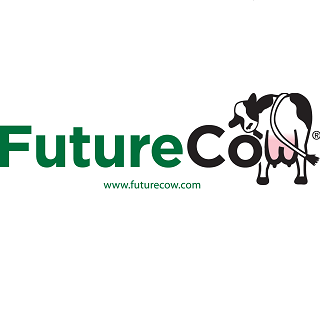Dairy in the World
UK: Dairy-crossed beef calves continue to rise

According to Agriculture and Horticulture Development Board (AHDB) senior analyst for red meat Rebecca Wright, births to dairy dams hit a 10-year high in 2021. Overall, though, calf registrations were average, according to BCMS data.
Although numbers may have been average, the make-up of the national herd has been changing, in part driven by changes in dairy calf management requirements. Ten years ago, just over half of all registrations were for calves born to suckler cows, this has now fallen closer to 45%, said Wright.
There has also been a notable rise in the number of beef registered calves born to dairy dams, she noted. In 2012, just over a third of calves born to dairy dams were registered as beef animals; by 2021 the share had risen to a half.
The change in breeding patterns means that the make-up of British beef is changing. As policies surrounding dairy calf rearing change, Wright expects a knock-on effect in the type of animals born, as well as an increase in the use of dairy-sexed semen, and an increase in the use of beef semen. This means more beef produced from the same number of breeding animals.
"The combined effects of these changes in farming practices mean that dairy registered animals that once used to make up 13% prime beef, are now closer to 8%," wrote Wright in her analysis. "Equally, around 25% of beef registered calves were to dairy dams 10 years ago, but by 2019 this had reached 33% and in 2021 was 37%."
"This again demonstrates the rising influence of dairy crossed beef calves on British beef production," she concluded. "Total registrations of beef animals meanwhile have remained relatively flat, as registrations to beef dams have fallen."






















